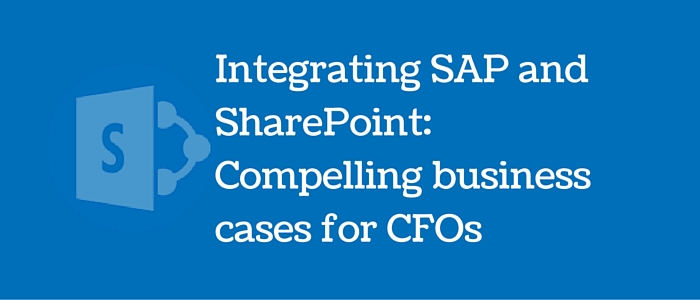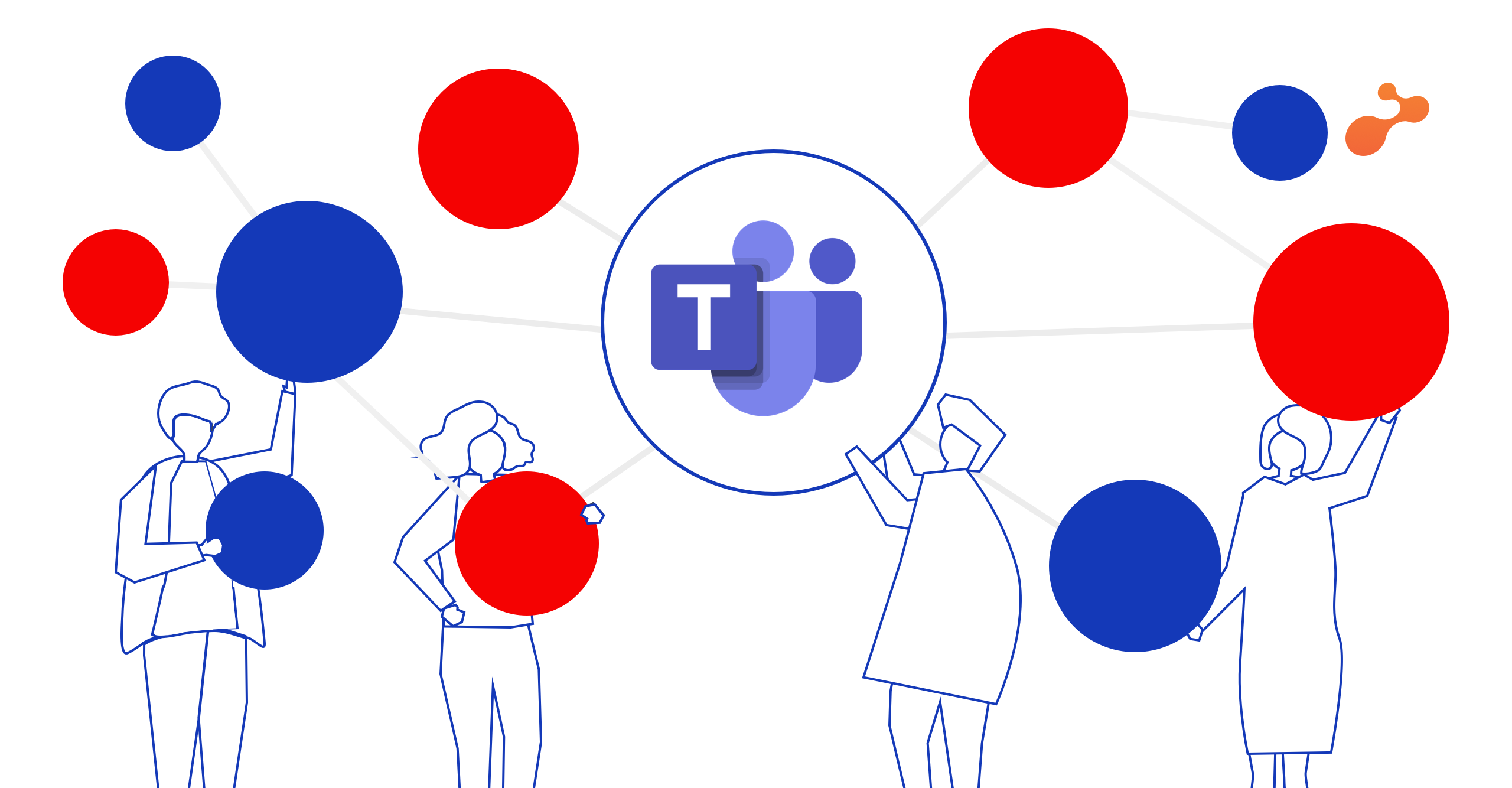Microsoft SharePoint presents an exciting way to work among teams. Many business owners have adopted or want to adopt the platform for the business. However, you explore the whole range of benefits SharePoint brings to your business, it is vital to understand some key areas regarding the platform. Essentially, knowing the answers to ‘why’ and ‘what’ questions are essential before moving on to address the ‘how’ question.

In my interactions with prospects and customers, I have seen that many business users have a vague idea about SharePoint. However, no one seems to be really clear about the whole gamut of possibilities that come with it. In Microsoft’s own words, SharePoint allows you to share, organize, discover, build and manage information and activities. Companies have successfully used the platform for:
- Collaboration
- Workflows
- Document Management
- Media Content Management
- Discover insights
Before implementing SharePoint at your organization, you need to work on three core areas. These include:
- Identifying challenges in your organization
- Prioritizing key areas
- Getting the foundation work right
Now, let us explore these areas in detail:
Identifying challenges in your organization
Each organization comes with its own unique sets of challenges. Before expecting a tool to solve the problem, it is essential that you identify these for your business. A typical challenge faced across many organization revolves around information sharing. With tons of information stacked up in documents, presentations, proposals and contact details, organizing this data can be a huge problem. Another common problem faced across organizations are the long delays that come with email approvals for leaves, estimates or other such activities. Be honest when you come up with challenges.
Prioritizing key areas
The next step is to prioritize key areas and set goals for your organization. Ideally, you should create a matrix based on the various parameters important to your organization. You should determine the impact if SharePoint on the various metrics. Look at the number of people impacted, time saved, frequency of access and criticality. You should also pick areas which need to be tackled first. It is important that you set up clear business goals. For eg,
- All contract documents should be stored at one place and accessed only by finance and administration teams.
- Improve the intranet and save time for users
- Have key people data at one place for HR teams to access it
Getting the foundation work right
Once you prioritize key areas, comes the setting of the foundation. No SharePoint implementation can succeed without the right foundation works. It involves:
- Getting details of the information architecture of the organization and normalizing the same for SharePoint
- Understand the ‘experience’ your targeted users are expecting from the new app
- Build sketches, mind maps, wireframes (and anything else it takes) to validate your claims.
Once you have finish working on these areas, you are indeed set to set your best foot forward towards Microsoft SharePoint.
Have questions? Feel free to post in the comments section.







